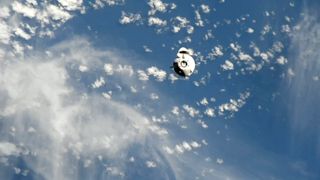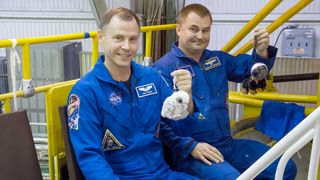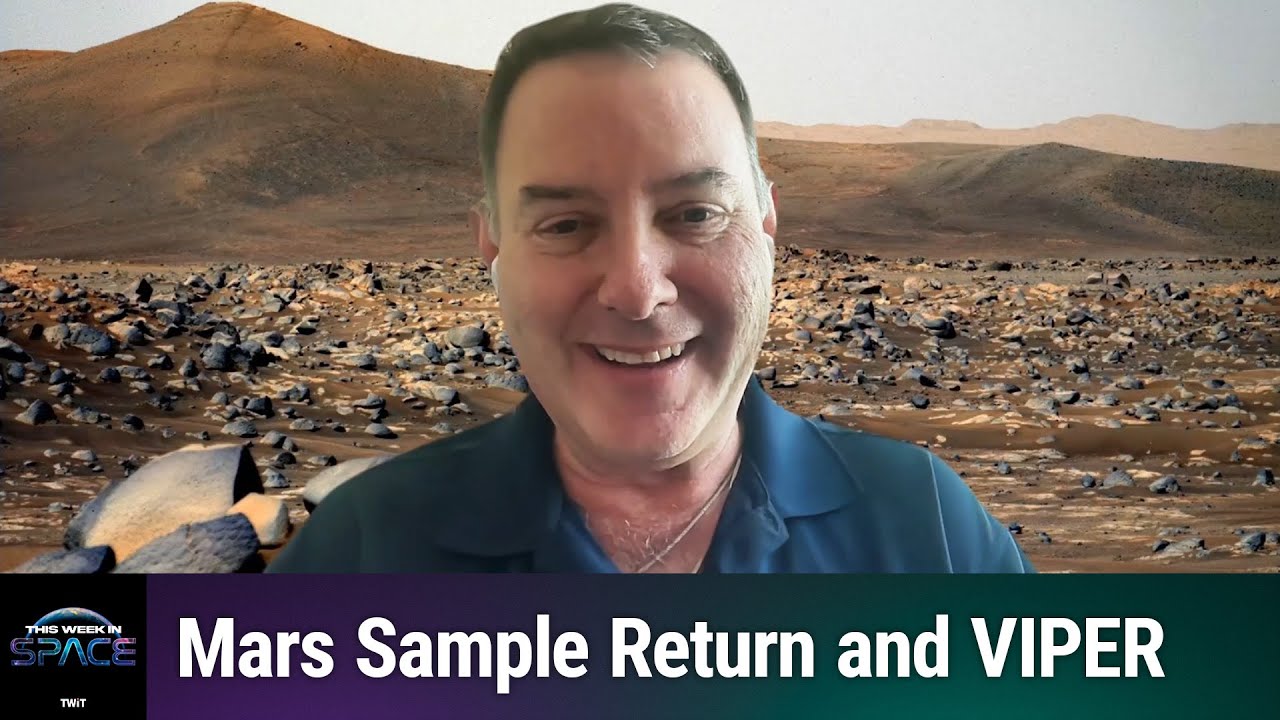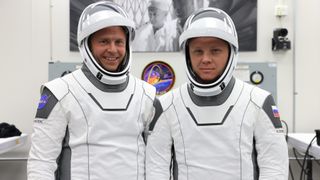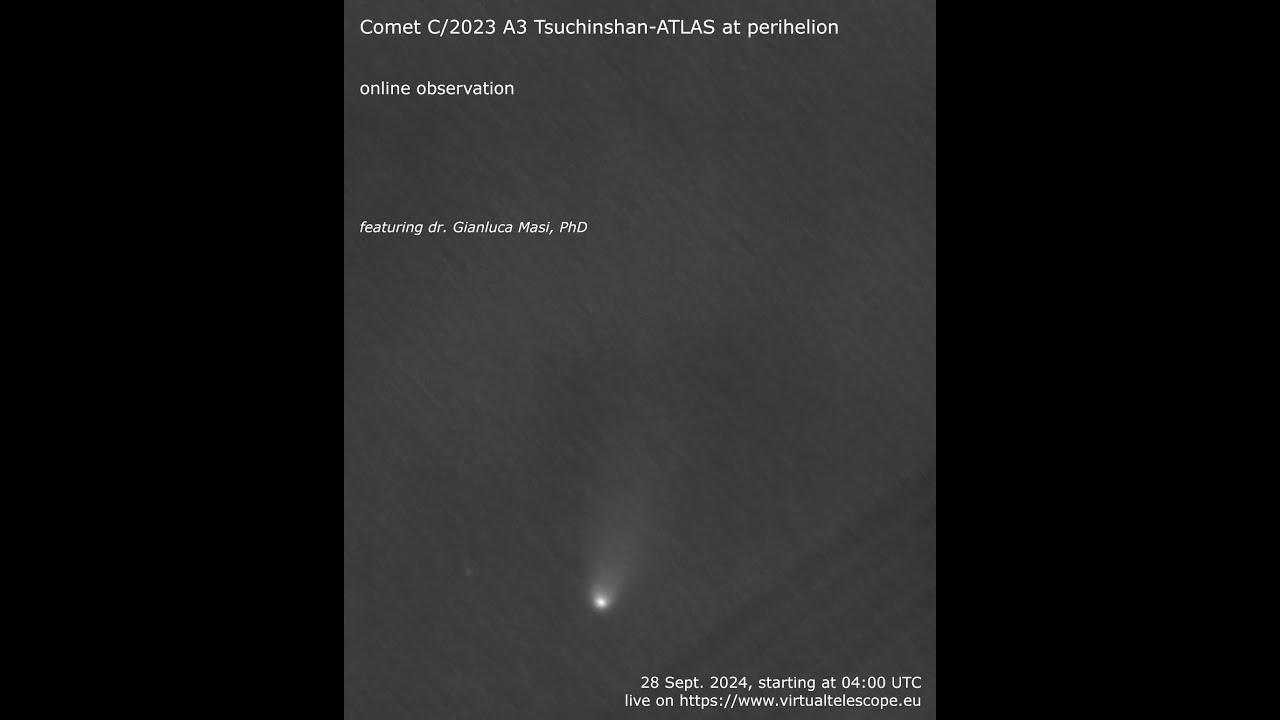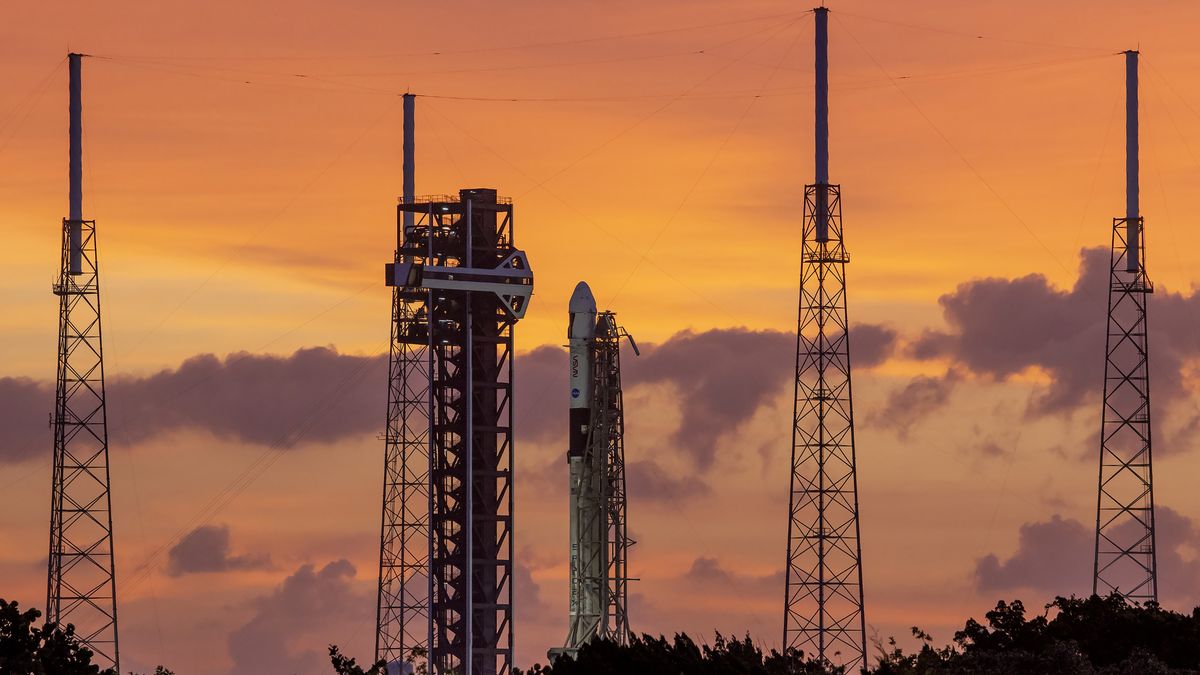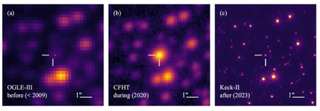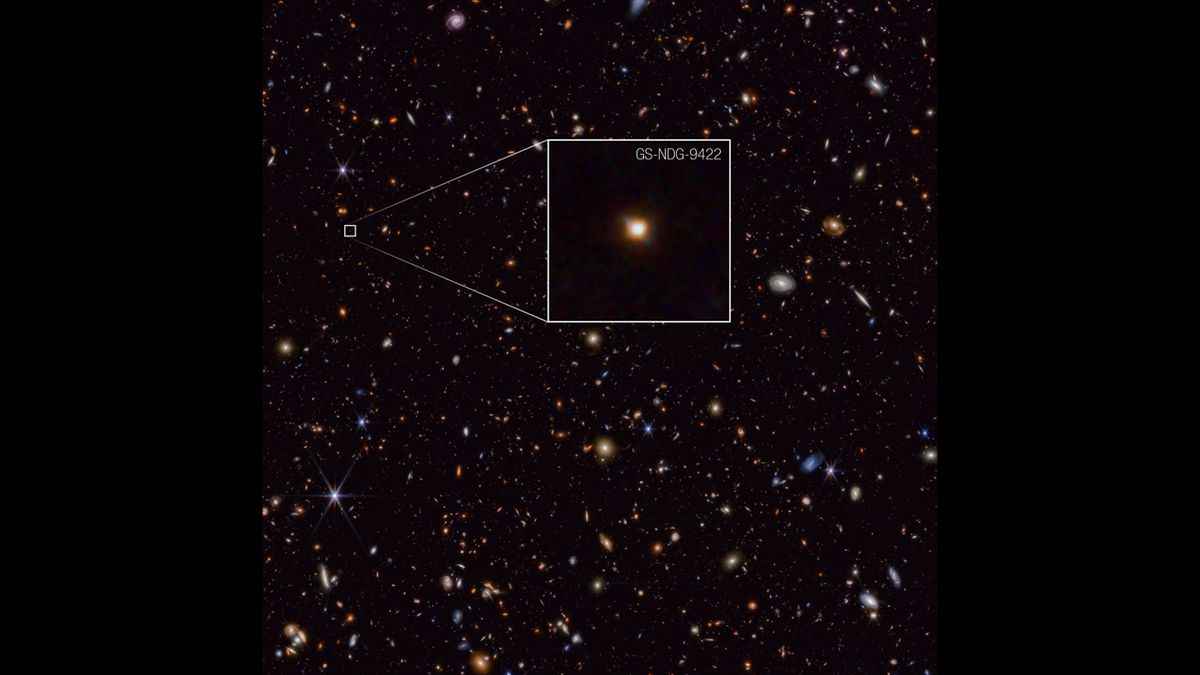SpaceX’s two-person Crew-9 mission arrived at the International Space Station (ISS) today (Sept. 29) after a one-day orbital chase. Crew-9’s Crew Dragon capsule, named Freedom, docked with the ISS today at 5:30 p.m. EDT (2130 GMT). The hatches between the two spacecraft are expected to open around 7:15 p.m. EDT (2315 GMT), and ISS astronauts will deliver welcoming remarks about 25 minutes later. You can watch those milestones live via NASA and here at Space.com, if the agency makes its stream available. SpaceX’s Crew-9 astronaut mission approaches the International Space…
Read MoreCategory: Solar System
Our solar system
‘Aurora’ the baby falcon plush toy takes flight again as SpaceX Crew-9 zero-g indicator
A tradition borrowed from the Russian space program has now physically crossed over to an American spacecraft for the first time. The “zero-g [gravity] indicator” that launched aboard SpaceX‘s Crew-9 mission to the International Space Station on Saturday (Sept. 28), previously flew on two Russian Soyuz capsules, including one that survived an emergency in-flight abort. “I’ve got a little Falcon here,” said NASA astronaut and Crew-9 commander Nick Hague, as he revealed the small plush baby falcon in the crew cabin of SpaceX’s Dragon spacecraft “Freedom.” Hague and mission specialist…
Read MoreSpaceX launches Crew-9 astronauts from upgraded Florida pad to return Boeing Starliner crew home
A unique SpaceX mission is underway. A Falcon 9 rocket lifted off from Space Launch Complex-40 (SLC-40) at Florida’s Cape Canaveral Space Force Station today (Sept. 28) at 1:17 p.m. EDT (1717 GMT), kicking off the Crew-9 astronaut mission to the International Space Station (ISS) for NASA. “That was a sweet ride,” NASA astronaut Nick Hague, Crew-9’s commander, radioed SpaceX’s launch control after reaching orbit with crewmate Alexandr Gorbunov of Russia. The astronauts are will arrive at the ISS on Sunday, Sept. 29. You can follow the mission with our…
Read MoreThis Week In Space podcast: Episode 130 —Dogs on Mars, Snakes on the Moon
Dogs on Mars, Snakes on the Moon – Mars Sample Return and VIPER – YouTube Watch On On Episode 130 of This Week In Space, Rod Pyle and Tariq Malik talk with Dr. Jim Bell about the Mars Sample Return program and VIPER mission to the moon. NASA’s planetary exploration program is in trouble. The Mars Sample Return program is verging on cancellation, and the VIPER mission to the moon already has been. Both are critical precursors to human exploration of these places, as Dr. Jim Bell of Arizona State…
Read MoreSpaceX, NASA ‘go’ for 1st astronaut launch to ISS from Cape Canaveral Space Force Station pad
NASA cleared its next astronaut flight to the International Space Station for launch on Friday (Sept. 27), a weekend liftoff that will help return two Boeing Starliner astronauts home and break in a new launch pad for SpaceX. A SpaceX Falcon 9 rocket and Dragon spacecraft will launch two Crew-9 astronauts, NASA veteran Nick Hague and Russian cosmonaut Alexandr Gorbunov, to the ISS from Cape Canaveral Space Force Station in Florida on Saturday, Sept. 28. Liftoff is set for 1:17 p.m. EDT (1517 GMT). “We’re proceeding toward launch and go…
Read MoreWatch spectacular Comet Tsuchinshan-ATLAS rise during the early hours of Sept. 28 with this free livestream
Comet C/2023 A3 Tsuchinshan-ATLAS at perihelion: online observation â 28 Sept. 2024 – YouTube Watch On Comet C/2023 A3 Tsuchinshan-ATLAS has been making quite a name for itself these past few weeks, providing a dazzling spectacle for early morning risers wishing to catch a glimpse of the “dirty snowball” as it streaks through the predawn sky. On Sept. 27, the comet will reach its perihelion — the closest distance to the sun. At 1:55 p.m. EDT (1755 GMT) the comet will be about 36.4 million miles (58.6 million kilometers) away…
Read MoreLego Ideas submissions Lunar Landscape, Space Projection Telescope and Voyager 1’s Pale Blue Dot need to be made into real sets
Space continues to be a popular theme for budding Lego designers, and three new Lego Ideas submissions have rocketed onto our wish list. Will they get your vote? Earlier this year, we looked at three space-themed Lego Ideas submissions: The Martian, NASA’s Space Launch System and a Kerbal Space Program Modular Ship System. While the Kerbal Space Program and SLS sets managed to garner enough votes to get in front of a Lego panel, unfortunately neither of them were approved to be made. There’s still hope for The Martian, however,…
Read MoreHow to watch SpaceX’s Crew-9 astronaut launch for NASA on Sept. 28
SpaceX plans to launch the Crew-9 astronaut mission for NASA on Saturday (Sept. 28), and you can watch the action live online. A SpaceX Falcon 9 rocket carrying a Crew Dragon spacecraft and its crew is scheduled to lift off from Space Launch Complex-40 at Florida’s Cape Canaveral Space Force Station on Saturday at 1:17 p.m. EDT (1717 GMT). You can watch the liftoff — the first crewed launch ever from SLC-40 — live here at Space.com, courtesy of NASA. Crew-9, the ninth crew rotation mission for NASA’s Commercial Crew Program,…
Read MoreThis exoplanet circling a dead star may mirror Earth’s fate — if our planet survives a dying sun, that is
A planetary system anchored by a dead white dwarf star, located around 4,000 light-years away, has offered astronomers a possible glimpse into what our sun and Earth could look like in around 8 billion years. However, this would only be Earth’s future if our planet manages to survive the sun’s eventual transformation into a swollen red giant. This transformation is expected to happen around 5 billion to 6 billion years from now, when the sun finally exhausts its fuel supply needed for nuclear fusion. That red giant phase will see…
Read More‘That’s weird’: James Webb Space Telescope spies a strange galaxy outshining its stars
In a pocket of the universe teeming with galaxies, the James Webb Space Telescope has zeroed in on one blazing so brightly it outshines its stars. The James Webb Space Telescope has spotted the galaxy named GS-NDG-9422 — a realm that existed about one billion years after the Big Bang, and indeed one that may provide the missing link of galaxy evolution between the universe’s first stars and well-structured galaxies. GS-NDG-9422 “will help us understand how the cosmic story began,” Alex Cameron, an observational astronomer at the University of Oxford…
Read More